How to Fix a Constantly Running Toilet: A Step-by-Step Guide
Is the sound of your toilet running incessantly driving you up the wall? A constantly running toilet can not only be irritating but also lead to a significant increase in your water bill. However, fear not! In this comprehensive guide, we will walk you through the process of fixing a constantly running toilet. No need to call a plumber Bristol – with a few simple steps, you can resolve this issue yourself.
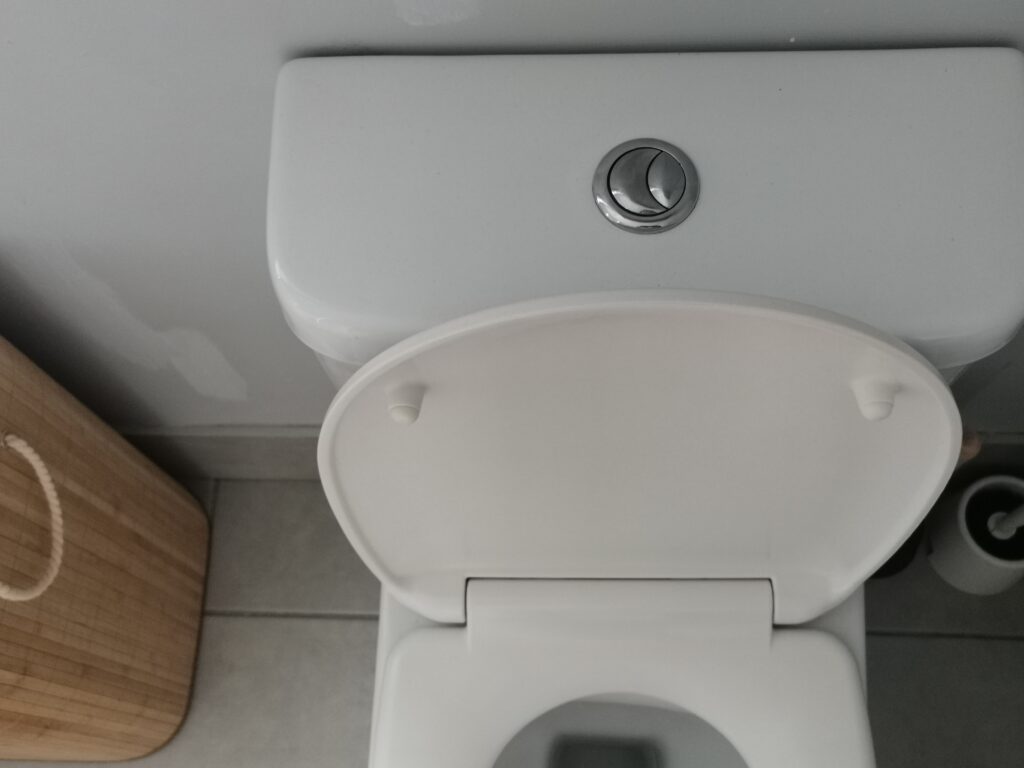
A running toilet can be a persistent headache, both for your peace of mind and your wallet. However, with the right knowledge and a few simple plumber tools, you can tackle this problem efficiently. Let’s dive into the details of how to fix a constantly running toilet step by step.
Read about using a plunger for toilets.
Understanding the Running Toilet Problem
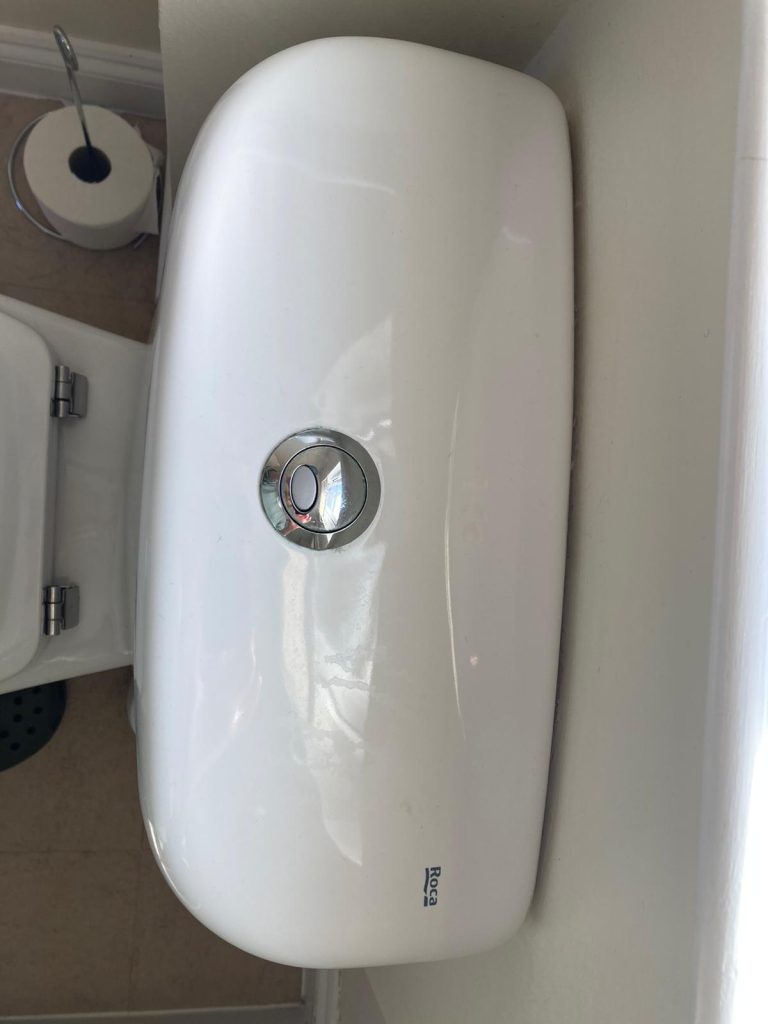
A running toilet can be more than just a minor annoyance; it can lead to significant water wastage and higher utility bills. In this comprehensive guide, we will explore the causes of a running toilet, how to identify the problem, and step-by-step solutions to fix it. Whether you’re a seasoned DIY enthusiast or a beginner, this guide will equip you with the knowledge to tackle the issue effectively.
Identifying the Running Toilet
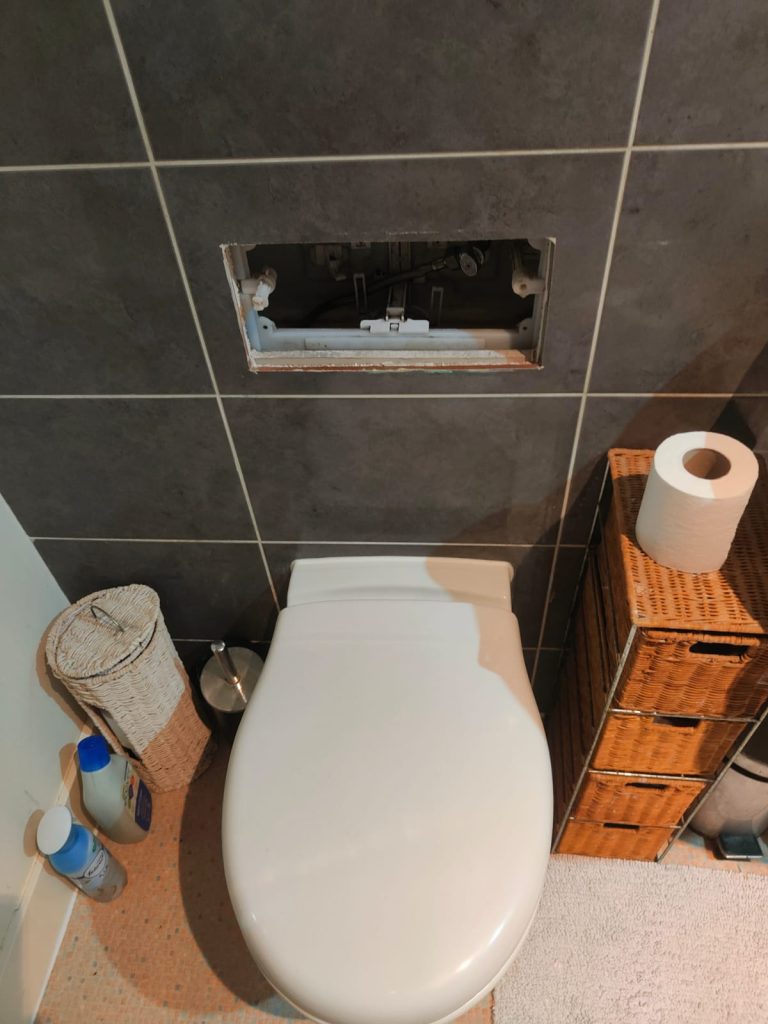
A running toilet is not just a minor inconvenience. It can lead to substantial water wastage, which impacts both the environment and your wallet. Understanding the common causes of a running toilet and knowing how to fix them can save you from unnecessary stress and expense. Let’s delve into the various aspects of this common household issue.
Before you start working on your toilet, it’s essential to understand its components. The primary parts of a toilet tank include the flapper, fill valve, float, overflow tube, and flush valve seat.
Reasons for a Running Toilet
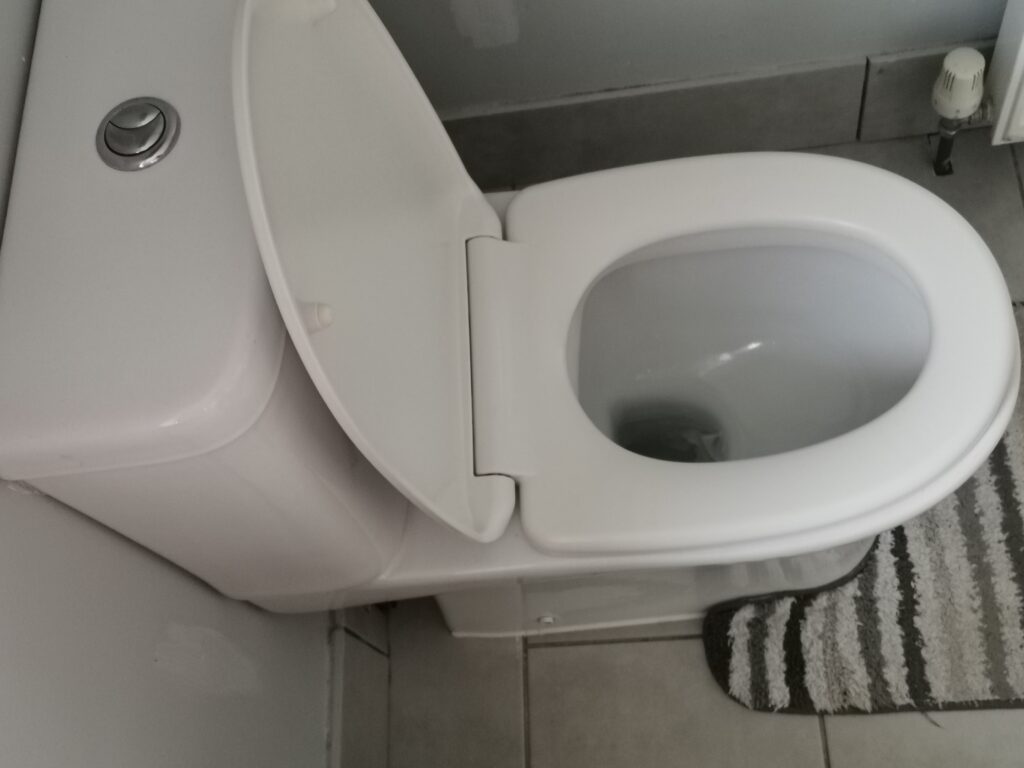
A toilet can run continuously due to several reasons, such as a faulty flapper, a damaged fill valve, or a misadjusted float. Identifying the root cause is the first step in resolving the issue.
Tools and Materials You’ll Need to fix Running Toilet
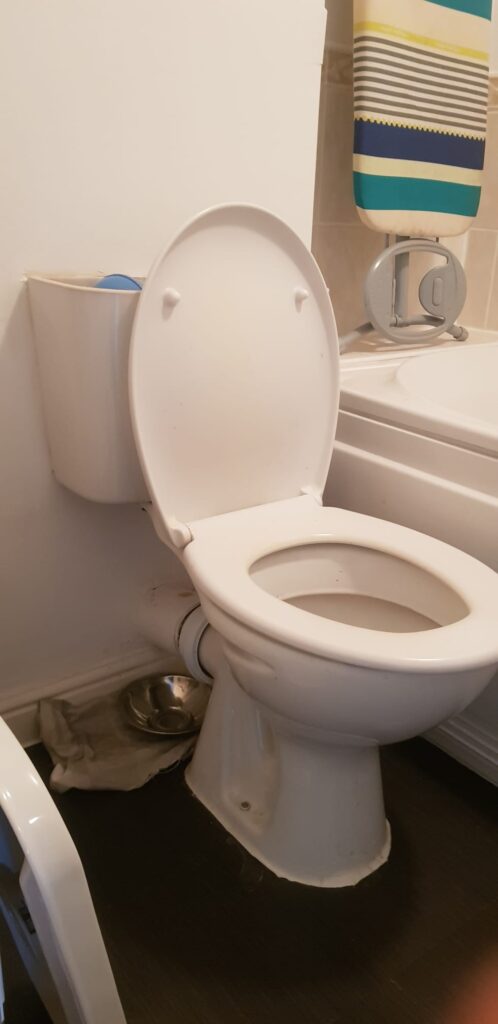
Gather the necessary plumber tools and materials before you begin. You’ll typically need an adjustable wrench, a screwdriver, a replacement flapper, and a replacement fill valve.
Safety Precautions when dealing with a Running Toilet
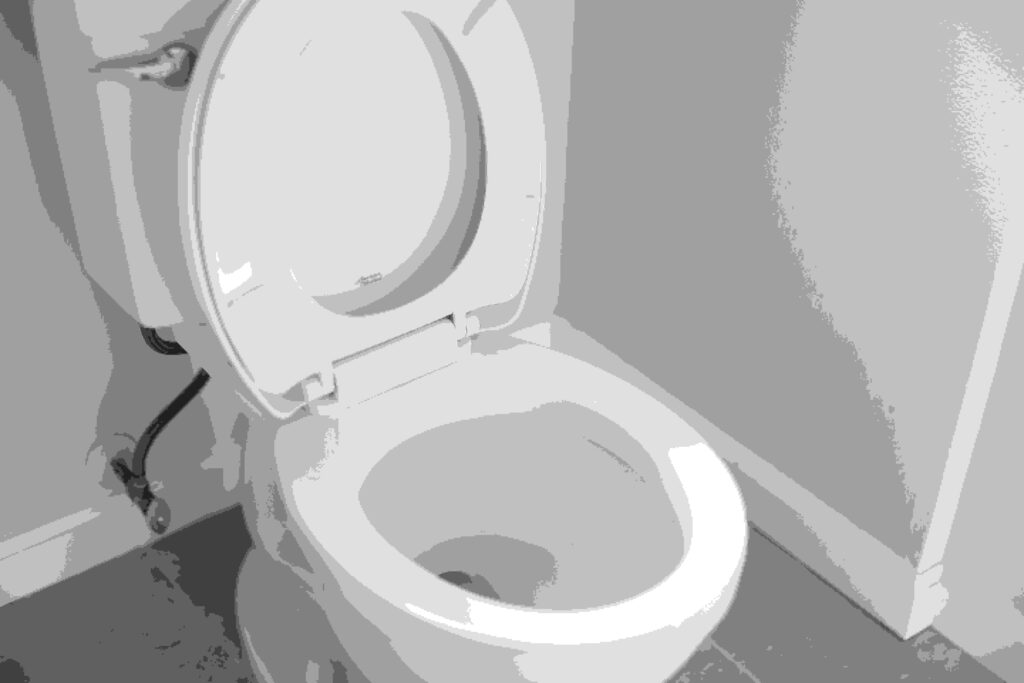
Remember to turn off the water supply to your toilet before starting any repairs. This will prevent any accidental flooding or water damage.
Step 1: Shut Off the Water Supply
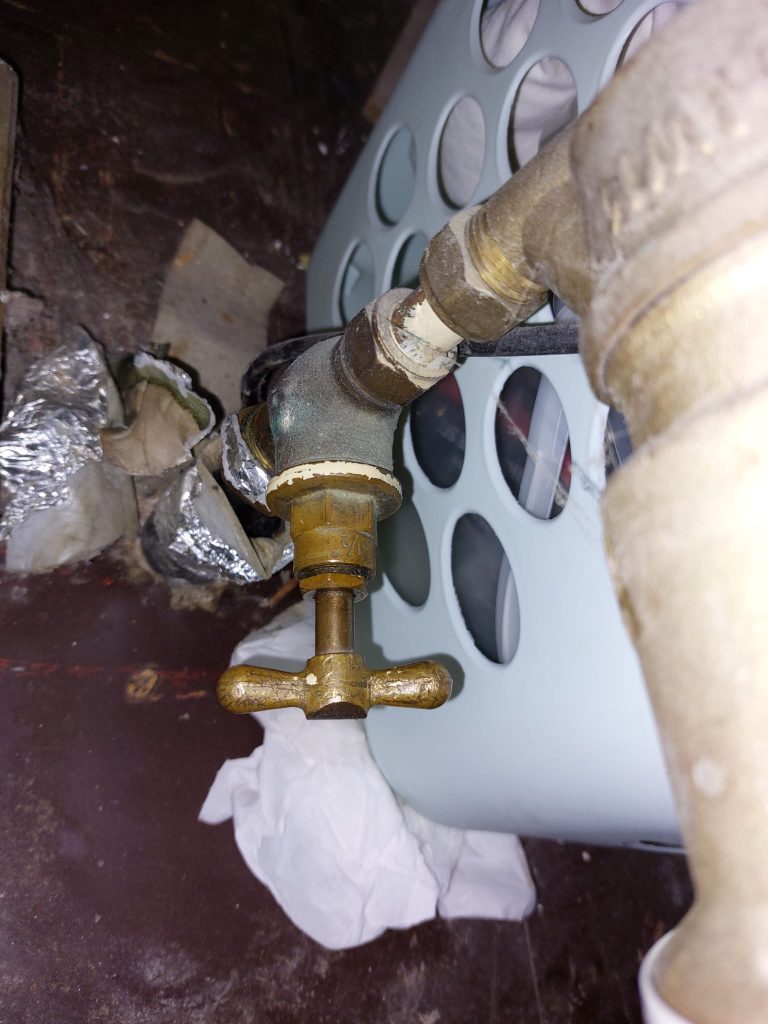
Locate the shut-off valve near the base of the toilet and turn it clockwise to shut off the water supply.
Step 2: Remove the Toilet Tank Lid

Carefully lift the tank lid off the toilet to expose the internal components.
Step 3: Inspect the Flapper
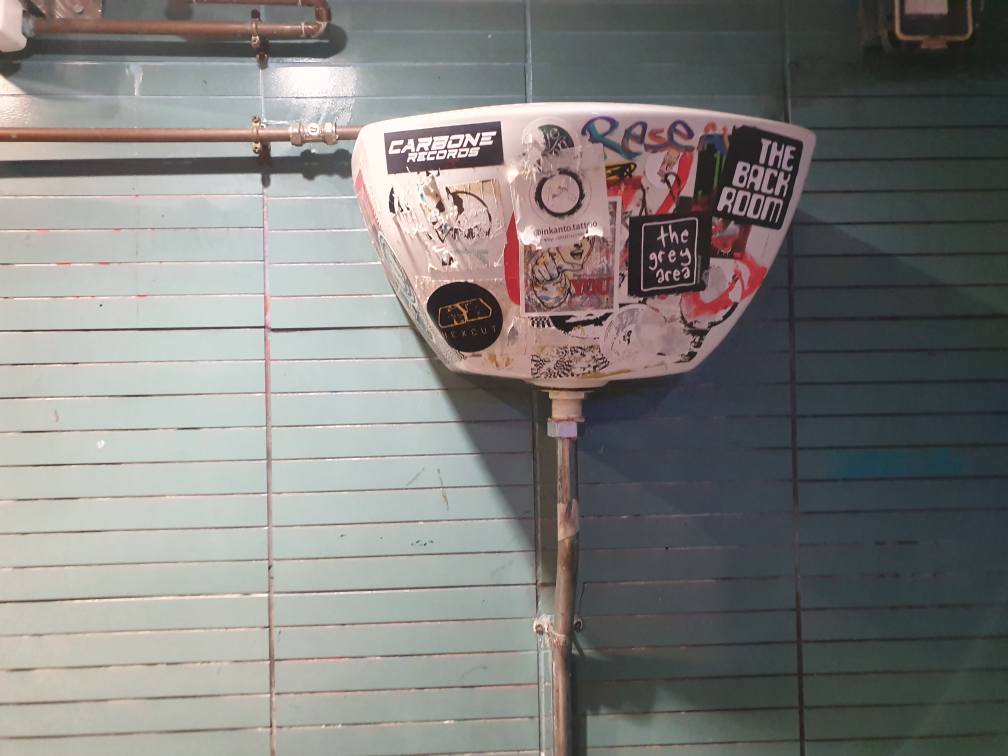
Check the flapper for any visible damage or misalignment. A damaged flapper can prevent a proper seal and cause the toilet to run continuously.
Step 4: Adjust the Flapper Chain
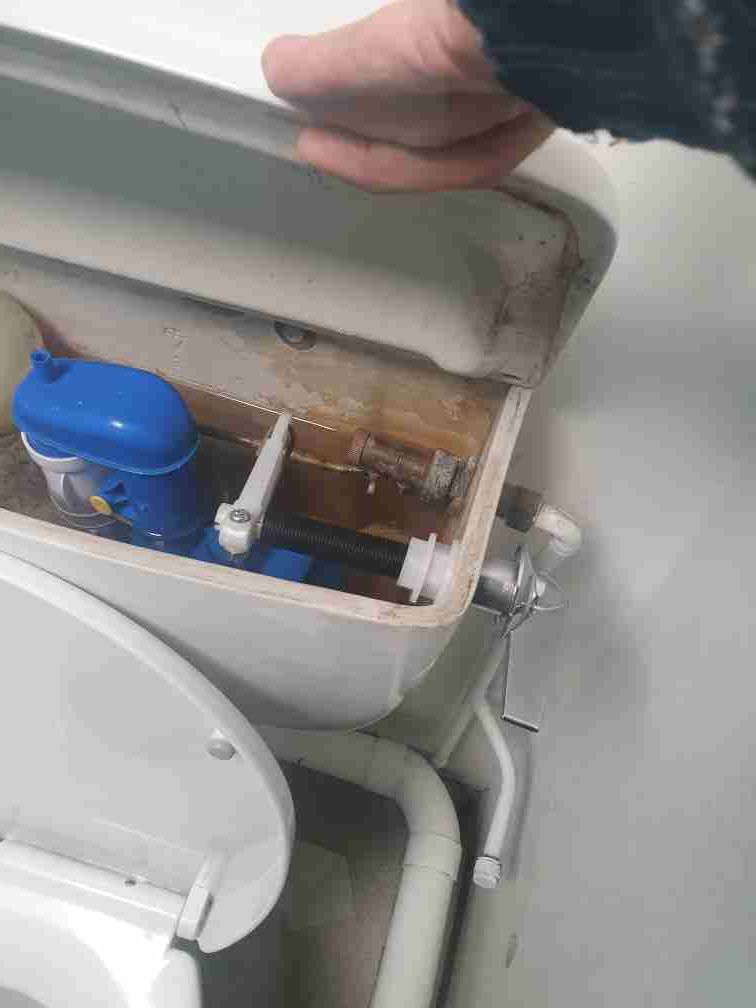
Ensure that the flapper chain is appropriately adjusted. It should have some slack but not be too loose.
Step 5: Check the Toilet Fill Valve

Inspect the fill valve for any signs of wear or malfunction. A malfunctioning fill valve can lead to water continuously flowing into the tank.
Step 6: Adjust the Float
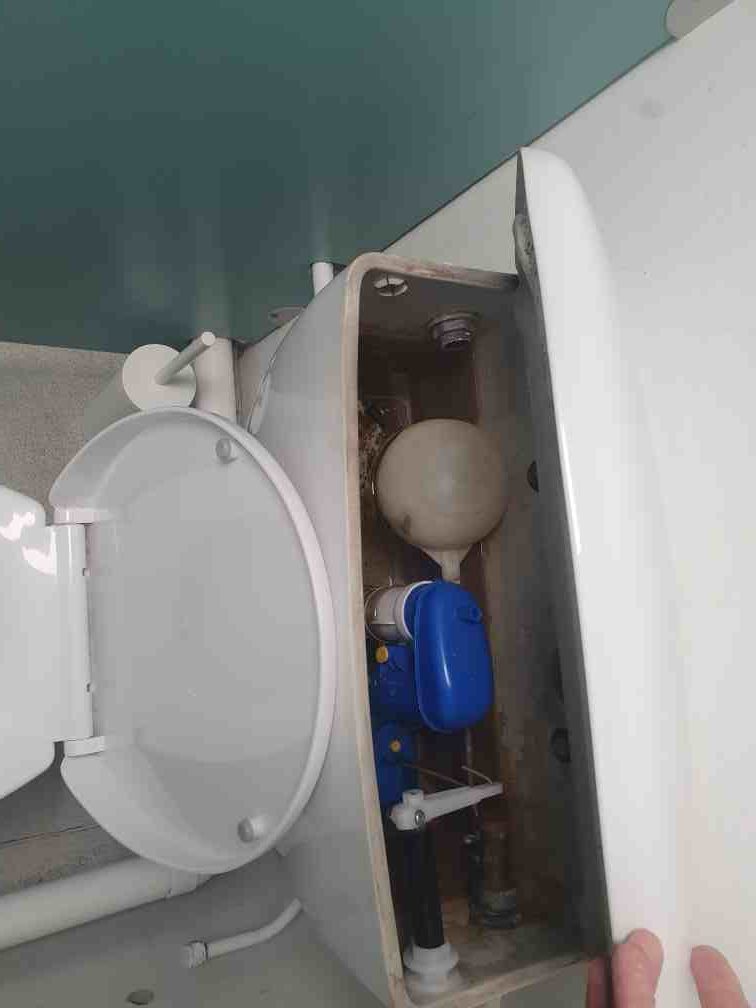
The float should be set to the correct water level. If it’s too high, the tank may overfill and result in a running toilet.
Step 7: Examine the Overflow Tube
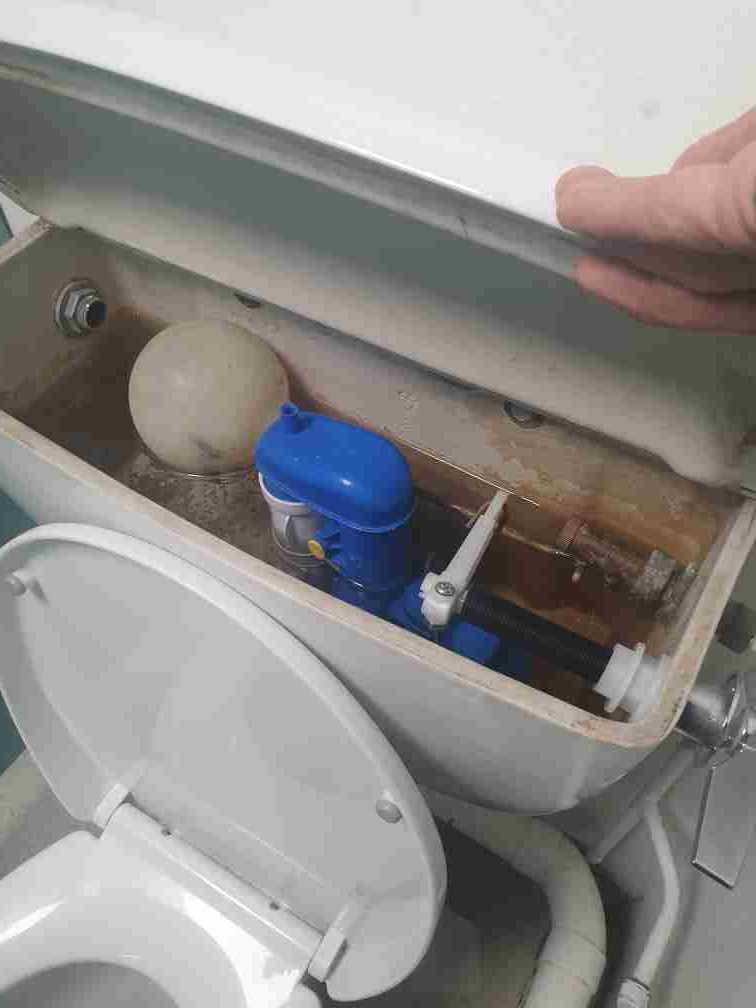
Make sure the overflow tube is not damaged or blocked. A blockage can lead to water overflow, causing a running toilet.
Step 8: Clean the Flush Valve Seat

Clean the flush valve seat with a cloth or sponge to remove any mineral deposits or debris that may prevent a proper seal.
Step 9: Replace Worn-Out Toilet Parts
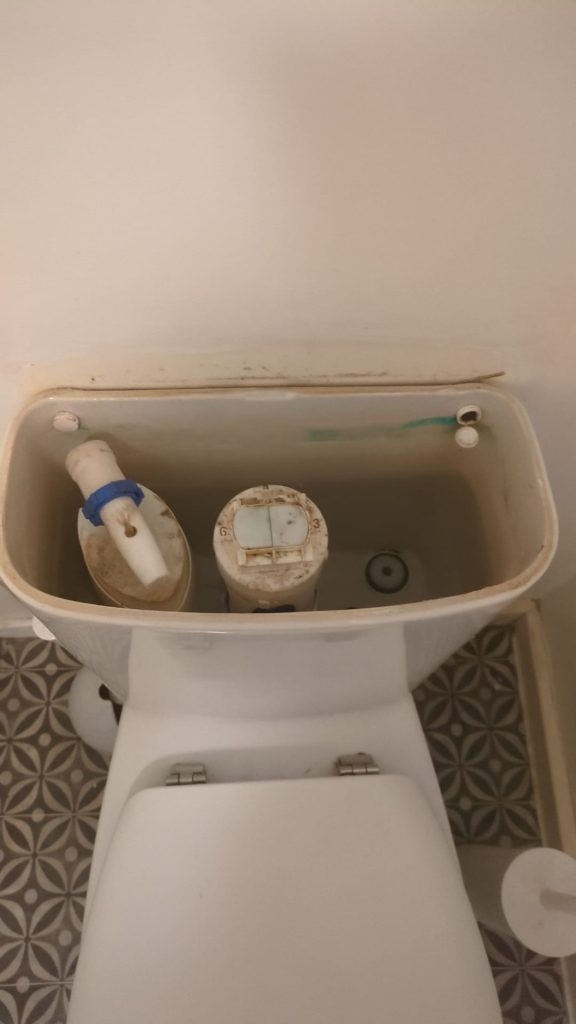
If you’ve identified any damaged components, such as the flapper or fill valve, replace them with new ones.
Step 10: Reassemble the Toilet

Carefully reassemble all the components in the tank, making sure everything is in its correct position.
Step 11: Turn On the Water Supply
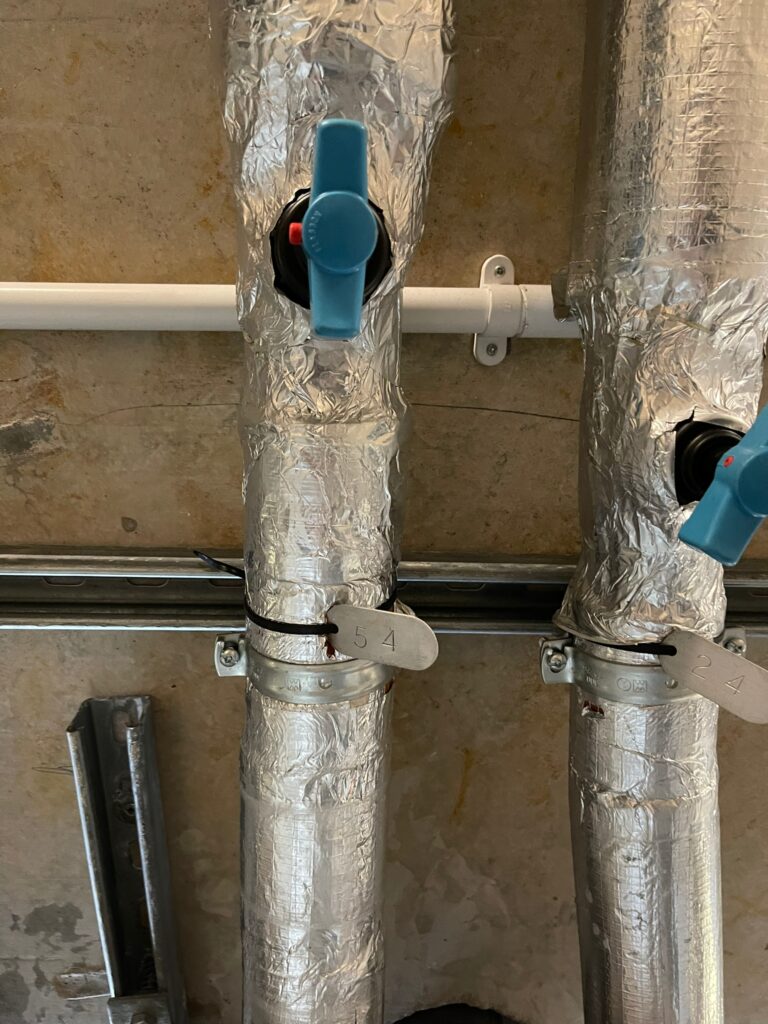
Finally, turn the water supply back on by rotating the shut-off valve counterclockwise.
Common Mistakes to Avoid when repairing Running Toilet

- Over-tightening components, which can lead to damage.
- Using incompatible replacement parts.
- Neglecting routine maintenance.
Fixing a constantly running toilet is a DIY project that can save you money and frustration. By following these steps and paying attention to the key components of your toilet, you can put an end to that annoying sound and enjoy a smoothly functioning bathroom.
A running toilet is more than just an annoyance; it’s a significant source of water wastage. By understanding the causes and implementing the right fixes, you can save water, money, and prevent further issues. Regular maintenance and timely repairs are key to ensuring your toilet functions efficiently.
FAQs about Running Toilet

- How do I identify the cause of a running toilet? To identify the cause, check the flapper, fill valve, float, overflow tube, and flush valve seat for damage or misalignment.
- Can I use any replacement parts for my toilet? It’s essential to use compatible replacement parts specific to your toilet model for optimal results.
- How often should I perform toilet maintenance? Regular maintenance, such as checking for leaks and cleaning components, should be done at least once a year.
- What if my toilet still runs after following these steps? If the problem persists, consider calling a professional plumber to diagnose and fix the issue.
- Is fixing a running toilet a cost-effective solution? Yes, fixing it yourself is cost-effective and can save you from a high water bill caused by continuous running.
Fixing a constantly running toilet is a manageable task that you can handle with a bit of knowledge and some basic tools. By following these steps, you’ll not only save money on your water bill but also enjoy the peace and quiet of a well-functioning toilet.
